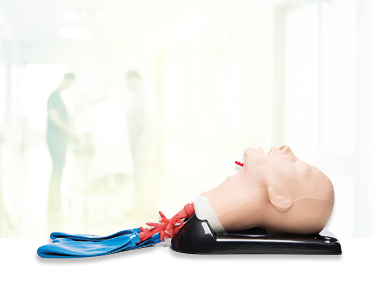Never back down when it comes to your health – see a doctor!
A recent study by Cleveland clinic showed that 65% of men, between the age of 35 and 54 are in the habit of “physician-dodging”. Even if they do see a doctor, they end up withholding information in fear of a dreaded diagnosis. Therefore, this November, it is important that we raise awareness about early detection and the importance of regular doctor appointments and routine examinations.
As part of Movember initiatives, we had previously discussed prostate cancer and its early detection and now let us have a look at the risk factors, symptoms and detection of testicular cancer.
What is testicular cancer?
Testicular cancer develops in the testicles of boys and young men. Although a rarer form of cancer, the numbers have been on a rise. The positive aspect is if detected early, testicular cancer can be treated well.
Risk factor for testicular cancer
The most common risk factor for testicular cancer is undescended testicles (cryptorchidism). As per data, around 3 to 5% of boys are born with their testicles inside their abdomen. In some boys, they descend into the scrotum during the first year of life, while in others; the testicles do not descend and require a surgical intervention.
Symptoms
Though some men don’t experience any symptoms, there are a few symptoms that need to be taken into consideration in order to seek a medical opinion:
Detecting testicular cancer
Physical examination by the primary care during the annual check is the most common way of detecting testicular cancer. Apart from this, ultrasound, blood tests and testicle removal can confirm the diagnosis.
Self-examination is also essential to observe any changes in your body and detect the cancer at the earliest.
To help in educating students about testicular cancer, do have a look at our anatomy model - male pelvis with testicles.
As part of Movember initiatives, we had previously discussed prostate cancer and its early detection and now let us have a look at the risk factors, symptoms and detection of testicular cancer.
What is testicular cancer?
Testicular cancer develops in the testicles of boys and young men. Although a rarer form of cancer, the numbers have been on a rise. The positive aspect is if detected early, testicular cancer can be treated well.
Risk factor for testicular cancer
The most common risk factor for testicular cancer is undescended testicles (cryptorchidism). As per data, around 3 to 5% of boys are born with their testicles inside their abdomen. In some boys, they descend into the scrotum during the first year of life, while in others; the testicles do not descend and require a surgical intervention.
Symptoms
Though some men don’t experience any symptoms, there are a few symptoms that need to be taken into consideration in order to seek a medical opinion:
- A lump or swelling in the testicle
- Breast growth and/or soreness
- Early puberty
- Advanced symptoms such as low back pain, chest pain, belly pain, headache and confusion
Detecting testicular cancer
Physical examination by the primary care during the annual check is the most common way of detecting testicular cancer. Apart from this, ultrasound, blood tests and testicle removal can confirm the diagnosis.
Self-examination is also essential to observe any changes in your body and detect the cancer at the earliest.
To help in educating students about testicular cancer, do have a look at our anatomy model - male pelvis with testicles.




